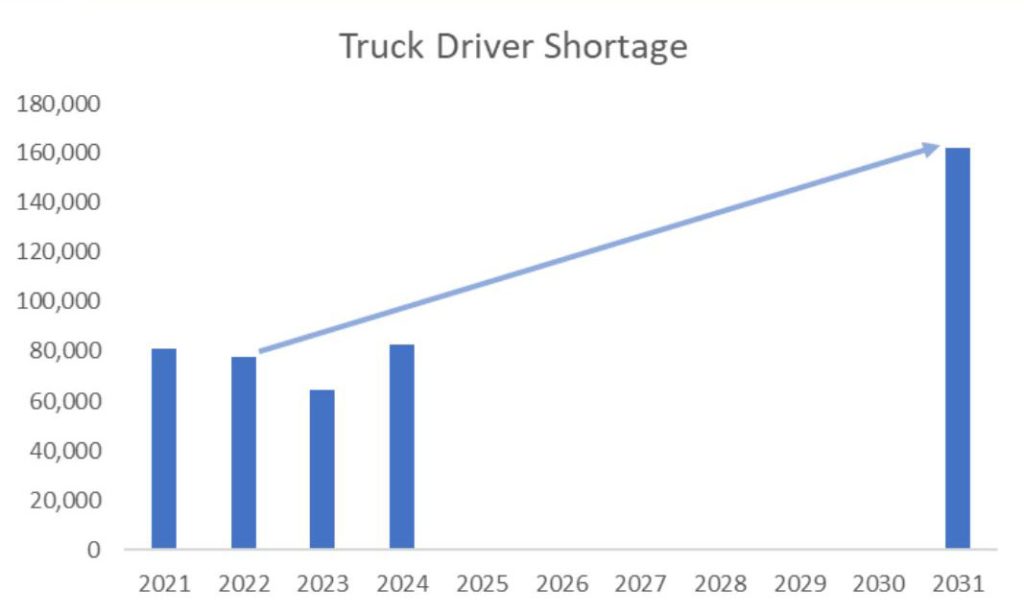The United States is facing a significant challenge in the form of driver shortages, particularly in the transportation industry. This shortage spans across various sectors, including trucking, public transportation, and delivery services, with ramifications felt in supply chains, consumer services, and the economy at large.
Several factors contribute to the ongoing driver shortages. Firstly, the aging workforce is a primary concern. Many seasoned drivers are reaching retirement age, and there’s a noticeable lack of younger individuals entering the profession to replace them. The job’s demanding nature, often involving long hours on the road and time away from home, deters many potential candidates.
Moreover, the stringent regulatory requirements for obtaining and maintaining a commercial driver’s license (CDL) present a barrier to entry for new recruits. These regulations include age restrictions, medical examinations, background checks, and comprehensive training programs. As a result, the pool of eligible candidates is limited, exacerbating the shortage.

Economic factors also play a significant role. While the demand for transportation services continues to rise, the wages and benefits offered to drivers have not kept pace. Many drivers face low pay, inadequate healthcare benefits, and limited job security, leading to high turnover rates within the industry. This disparity between demand and compensation disincentivizes individuals from pursuing careers in driving.
Additionally, lifestyle preferences and technological advancements further complicate the issue. Younger generations often prioritize work-life balance and may be less inclined to pursue professions that require extensive time away from home. Furthermore, the rise of autonomous vehicles and other technological innovations raises concerns about the future viability of driving jobs, deterring potential candidates from entering the field.
Addressing the driver shortages will require a multifaceted approach. This includes incentivizing recruitment through improved wages and benefits, streamlining the licensing process to attract a broader range of candidates, and investing in training programs to ensure the industry has a skilled workforce. Additionally, efforts to modernize the transportation sector and adapt to changing preferences and technologies will be crucial in addressing the underlying challenges driving the shortage.
Source: FreightWaves.com








